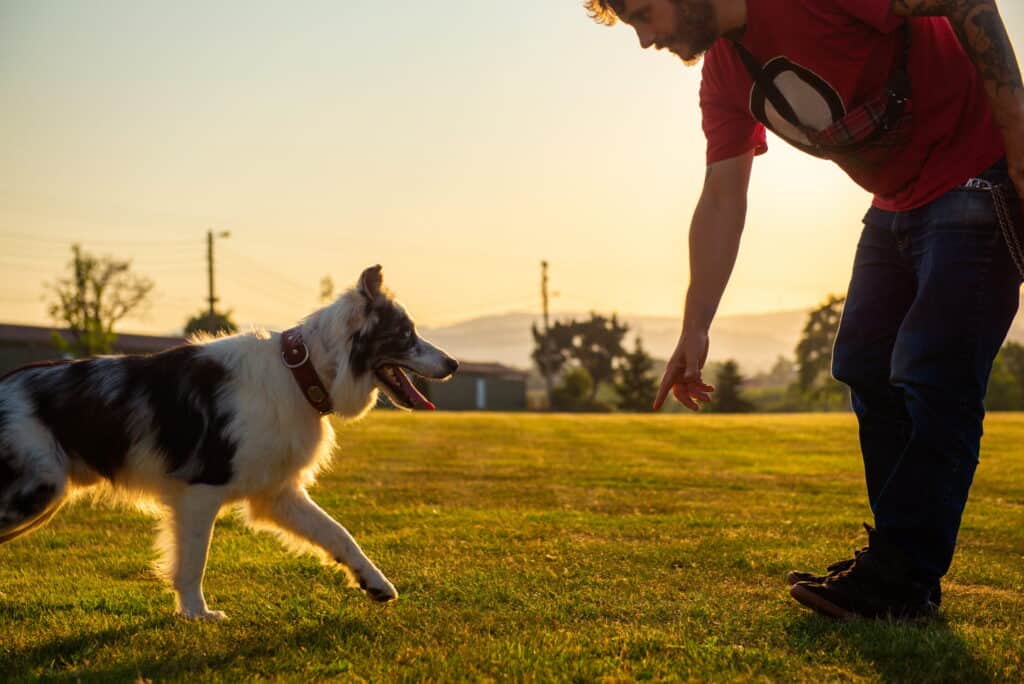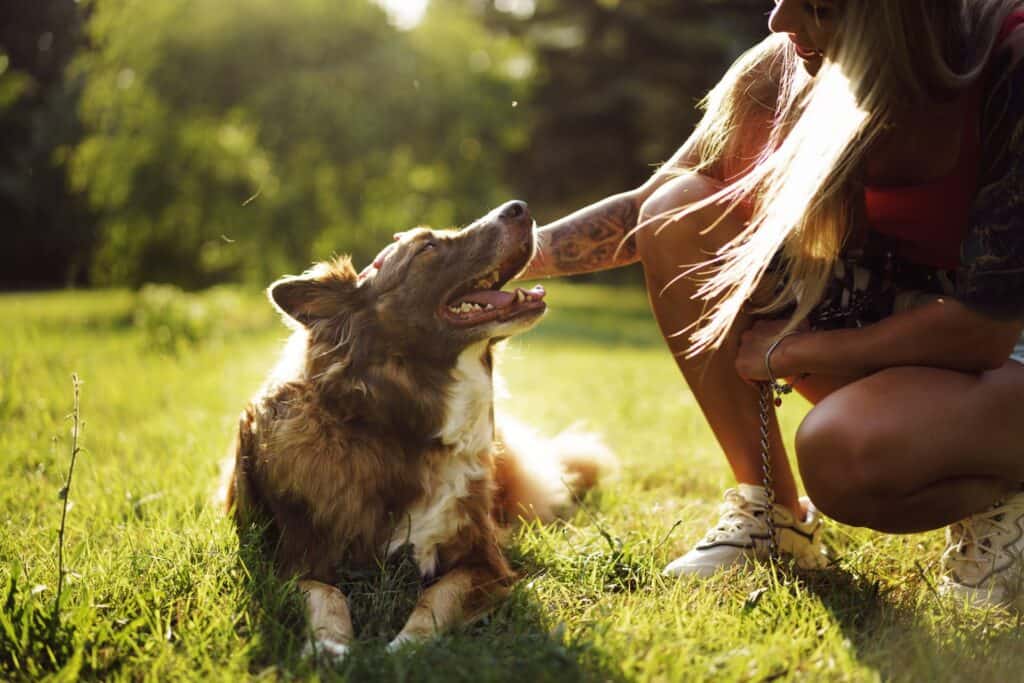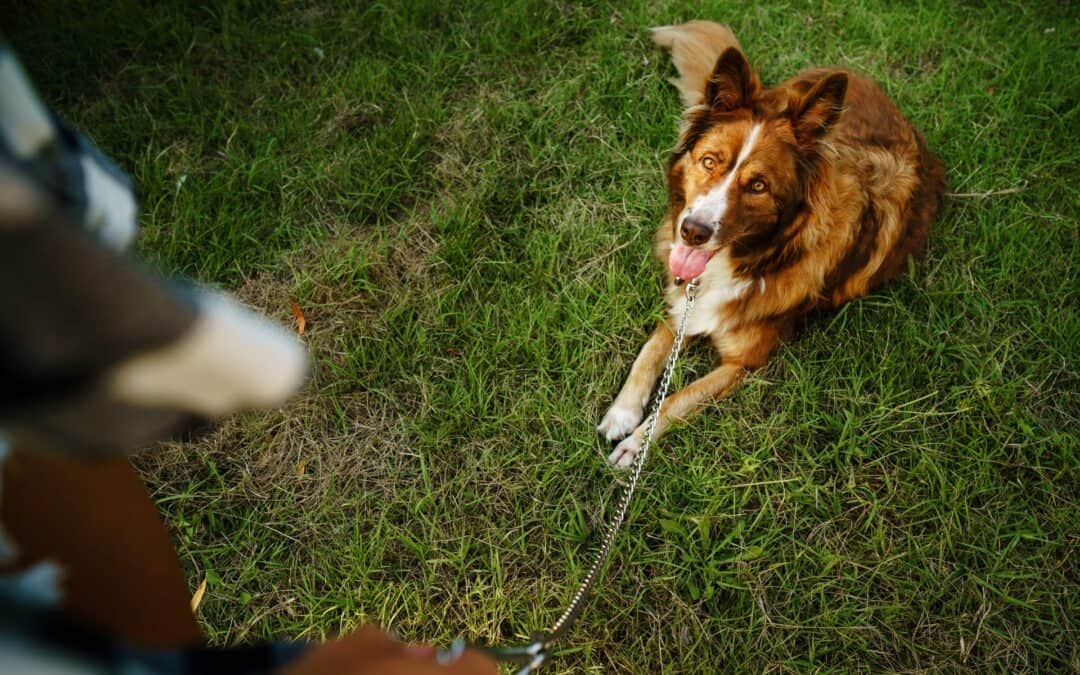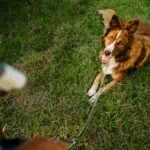Dogs absorb lessons more effectively when they experience care, structure, and instruction in a single, dependable environment. Combining dog boarding and training in one facility builds routine, strengthens trust, and eliminates confusion caused by switching locations. A consistent setting supports emotional balance and behavior development, creating a smoother transition from learning to living. Magnolia Paws Board & Train explains, “Dogs thrive when the same team is reinforcing expectations all day long—it shortens the learning curve and builds reliable habits.”
Why Boarding and Training in One Location Enhances Learning
Dogs often progress more smoothly when everything from feeding to training and downtime is handled by one team. One recent case involved a young shepherd with a strong prey drive and difficulty settling indoors. After enrolling in a board-and-train program at a single facility, handlers reinforced calm behavior in the kennel, during walks, and through controlled interactions. With each repeated exposure to the same environment and routines, the dog responded with fewer outbursts and better focus.
-
Single-location programs reduce confusion linked to transitions between environments.
-
Repetitive exposure to consistent routines builds confidence.
-
Observations across the full day offer a more complete behavioral picture.
1. Reduced stress from a familiar setting
Dogs can become unsettled when shuttled between multiple places for care. Housing all services under one roof allows dogs to settle faster and feel safe in their surroundings. Familiarity with their space and caregivers results in calmer behavior and better attention during training.
-
Fewer environmental changes lower stress-induced behavior.
-
Dogs become more responsive when they recognize surroundings and staff.
-
Familiar scents, sounds, and schedules ease adjustment and build trust.
2. Daily structure shapes long-term habits
Repeating commands like “sit” before meals or “place” during downtime helps dogs connect instruction to specific actions. When schedules remain predictable, dogs don’t just respond to commands—they start to anticipate them naturally.
-
Predictable timing supports stronger recall and obedience.
-
Structured schedules promote smoother transitions between activities.
-
Dogs rely less on constant cues when patterns are reinforced daily.
3. Multiple training touchpoints support faster results
Dogs process information better when training is broken into small, consistent segments throughout the day. Using feeding, grooming, and play as training opportunities gives dogs natural chances to practice, correct, and repeat new behaviors.
-
Short, repeated sessions align with how dogs retain commands.
-
Everyday events become part of the behavior learning process.
-
Timing reinforcement with routine actions helps solidify habits.
4. Real-life settings build practical obedience
Dogs need to perform learned behaviors not just in quiet training rooms but in environments filled with daily distractions. Facilities that combine care and instruction allow trainers to guide behavior while dogs move through real situations—like walking past barking dogs or remaining calm during grooming prep.
-
Controlled exposure teaches focus even in moderate distractions.
-
Dogs generalize learned behavior faster when applied across activities.
-
Practicing commands in natural settings boosts adaptability.
5. Grooming integrates into behavior development
Handling sensitivity—especially around paws, ears, or tools—often causes stress. At facilities where grooming and training are combined, dogs are gently conditioned to accept handling in a more structured, supportive manner.
-
Regular exposure to grooming tools reduces fear over time.
-
Trainers work alongside groomers to reinforce calm posture and stillness.
-
Dogs build resilience through repeated, guided handling experiences.

6. All-day oversight enables timely adjustments
Trainers who observe dogs throughout the day—not just during lessons—can identify trends like food guarding, avoidance, or pacing. These details allow them to refine approaches and make adjustments to the training plan quickly and effectively.
-
Continuous monitoring reveals underlying patterns that affect progress.
-
Adjustments based on real-time behavior ensure better outcomes.
-
Consistent tracking across activities builds a more accurate profile.
7. Supervised socialization encourages respectful behavior
Rather than dropping dogs into unpredictable group play, integrated facilities can match dogs based on energy levels, temperament, and social needs. Staff direct play and use it to reinforce boundaries, recall, and polite engagement.
-
Social exposure is safely managed to minimize tension or fear.
-
Handlers intervene early to guide play and maintain structure.
-
Dogs with minimal experience build confidence through gradual introductions.
8. Constant reinforcement builds lasting skills
When dogs receive guidance throughout their entire stay—not just during classes—they begin to view good behavior as part of daily life. That consistency leads to habits that are easier to maintain at home.
-
Reinforcement from all staff improves behavior reliability.
-
Daily exposure to consistent expectations reduces mixed signals.
-
Transitions back home go more smoothly when routines have been practiced regularly.
9. Centralized communication simplifies care coordination
Juggling appointments for separate training, grooming, and boarding services can lead to confusion or missed updates. When one team manages all aspects of the dog’s care, communication is clearer and more effective.
-
A single contact point helps avoid conflicting instructions.
-
Progress updates are more accurate when staff oversee full-day care.
-
Scheduling is streamlined, saving time and reducing stress for owners.
10. Trusted handlers deepen cooperation and comfort
Dogs learn best from people they trust. Familiarity with caregivers leads to improved focus, quicker responses, and calmer behavior during both training and downtime. Repeated interactions form strong bonds that support better learning.
-
Repeated exposure to consistent handlers builds emotional security.
-
Dogs become more receptive to guidance from people they know well.
-
Trust improves success in both challenging and routine scenarios.

Key Takeaways: Dog Boarding and Training Benefits in One Reliable Environment
Housing dog boarding and training services in one trusted location improves emotional stability, speeds learning, and reinforces daily habits that stick. Dogs benefit from consistent expectations, fewer transitions, and handlers who understand their full range of behavior throughout the day. With grooming, play, rest, and instruction all happening in one place, dogs absorb more than commands—they gain a complete framework for balanced, confident behavior.
Frequently Asked Questions
Why does one facility make training more effective for dogs?
Dogs stay focused and more relaxed when their routine and environment remain the same, leading to better attention and faster learning.
Can grooming really influence my dog’s behavior?
Yes. Grooming builds tolerance for handling, especially when it’s paired with behavior shaping and calm reinforcement.
What if my dog is nervous or reactive with new people?
Familiarity with consistent staff builds trust, which helps reduce anxiety and increases a dog’s willingness to engage in training.
Will my dog get socialized during a board-and-train stay?
Dogs are matched with compatible peers and introduced slowly, with supervision to encourage safe, structured play and social confidence.
How long should my dog stay in a combined boarding and training program?
Results often begin to show within one to two weeks, but deeper behavioral changes typically require three to four weeks of consistent reinforcement.







